I recently read Garbology, by Edward Humes (Laura Vanderkam recommended it to me), and I thought it was a really, really excellent book.
In a nutshell, it’s a book about the study of garbage…how much we produce (102 tons per person per lifetime on average!), where it goes, how other countries in the world are handling their trash problems, and what we can do about it here in the U.S.
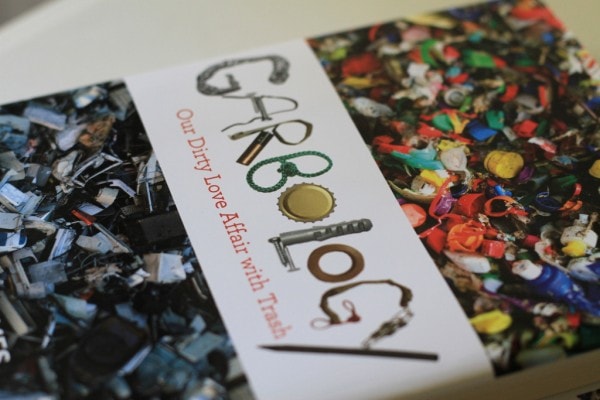
For the moment, though, I wanted to talk about one concept in the book that really stuck out to me.
Andy Keller, the owner of Chico bag (a reusable bag company) is quoted as saying that we should be looking at the kinds of things we purchase and ask:
“Is this thing I’m buying going to be in the trash in a year or two? Or is it going to be useful and treasured for many years to come?”
And:
“If you’re buying something and thinking it could be an heirloom someday, then you’re on the right track.”
Trash is a complicated problem, yes, and there are aspects of our trash problem that we can’t personally do anything about.
But we are not doomed to produce 102 tons of trash before our lives are over. We make choices every day about what we will buy and what we will not buy.
When we buy products that are made to last, we’re decreasing demand for disposable, junky products and increasing demand for well-made items.
Do heirloom items cost more?
Yup, they do, at least up front.
But I am not necessarily convinced that they’re more expensive over the long haul.
For example, I own two Vollrath cookie sheets.
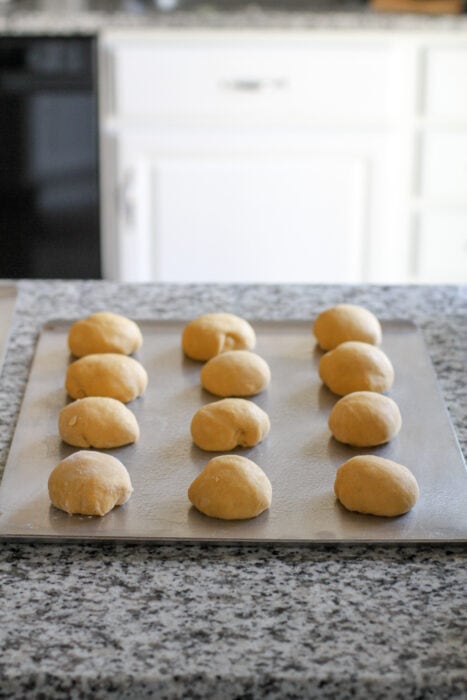
At nearly $21 apiece, they’re not cheap.
But they are incredibly heavy-duty, they don’t have a non-stick finish that will wear out, and I cannot imagine that they will ever warp. In short, these two cookie sheets should last me the rest of my life, and my descendants will probably still be able to use them.
Before I got the Vollrath sheets, I owned flimsier sheets (airbake sheets, nonstick sheets) and they didn’t last.
They warped, the nonstick finish chipped, the edges bent, and they are no longer in my kitchen drawer.
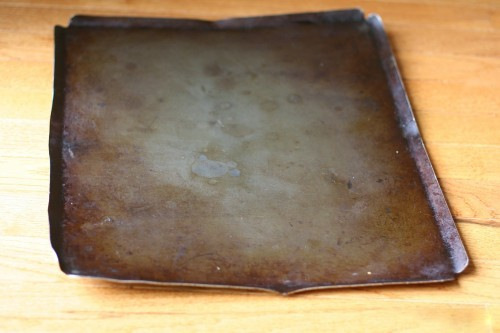
If I kept buying cookie sheets like that, I’d easily spend more than $42 over my lifetime, and I’d produce a fair amount of cookie sheet trash.
So the more expensive, heirloom-ish option reduces my trash output and ends up being less expensive after all.
This is especially true if you can find a high-quality used item.
The bed I bought for Zoe is almost all wood and it cost me $50. When the new white paint finish wears out, I can fix it.
Or if we get tired of the white, I can change it. There’s no reason that bed can’t be in our family for a really, really long time.
On the flip side, I recently saw a bed frame that was made of particle board with a sort of wood-look vinyl coating on it.
This is not the sort of thing Keller would encourage us to buy…the finish on that bed frame won’t hold up, and there’s no fixing it when it wears out.
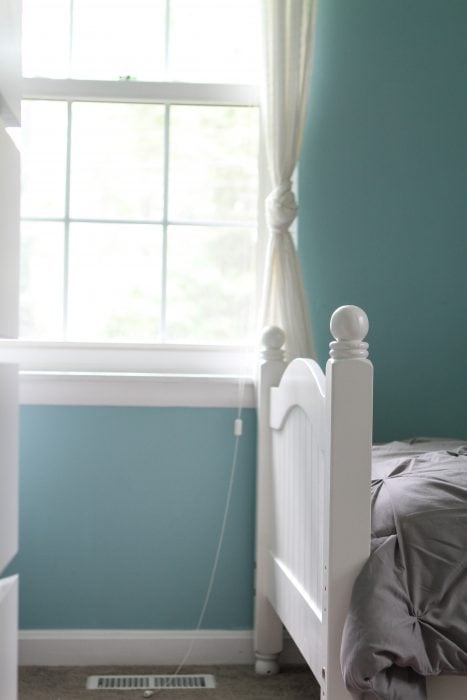
Refinishing particle board furniture is normally not a successful endeavor, and trying to repair broken pieces is a nightmare. Once it begins to wear out (and it will in fairly short order), it will be no good to anyone.
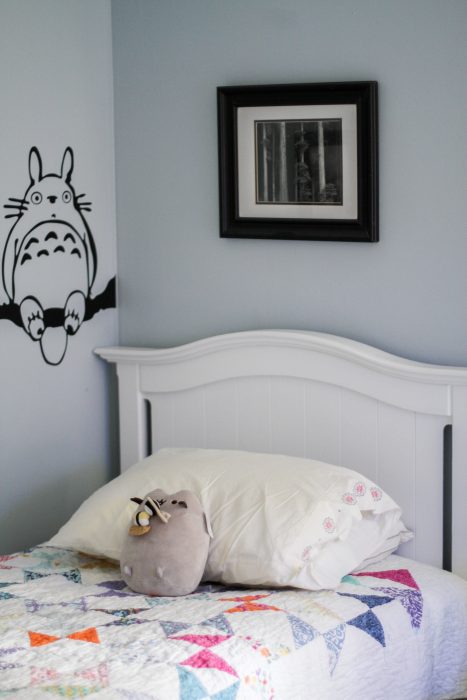
If only a handful of us adopt an heirloom mindset as we shop, we won’t make a very big difference. But many handfuls of people can effect huge cultural change.
Obviously, not everything we buy can be an heirloom…you won’t hand your toothbrushes down to your grandchildren (although you can buy compostable toothbrushes!) and food won’t be in my will. 😉
But whenever possible, before you buy something that’s supposed to last, join me in asking, “Will this be useful and treasured for years to come?”
If the answer to that question is no, then maybe you don’t need the item.
Or perhaps there’s a better quality item out there that you can save up for.
And maybe you can even find that high-quality item on the used market.
We can do this, people! Let’s buy things that last…the planet and our bank accounts will be happier for it.
________________________________
How do you manage to buy heirloom quality items on a budget? And what do you think about the whole concept of shopping with heirloom quality in mind?


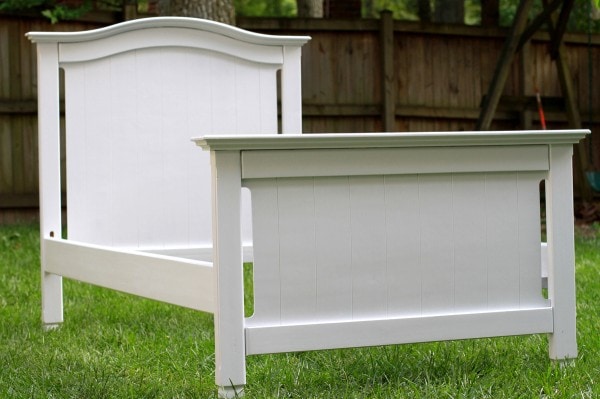
Mim
Wednesday 29th of April 2015
I love seeking out heirloom-quality items secondhand, and I just wrote a post about it on my blog. If an older item has survived long enough to make it to a secondhand store, you know it will keep going for a long time. Thanks for sharing the book recommendation - I'm going to see if I can get it through my library.
http://www.findnewmountains.com/2015/04/29/secondhand-school-seek-out-heirloom-quality/
Kay
Tuesday 18th of November 2014
I wanted to thank you for the post about the Schlage lockset. My lockset was a kwikset, but had a lifetime warranty also. Mine had been broken for sometime, we never hardly use the front entrance, so we had not replaced it. Thanks to you,I contacted the Kwikset Company, and happy to report that they are sending me a new one. Thanks again!
Grammomsblog
Wednesday 6th of June 2012
I was honoured when my Gramma gave me her bread pans - she finally stopped baking her own bread when she was 85! I have many items I know my children and grandchildren will cherish - most bought second had (somebody else's heirlooms!), like my 100+ year old dining room table with hand-carved legs and apron, for $25.00.
Grammomsblog
Wednesday 6th of June 2012
I was honoured when my Gramma gave me her bread pans - she finally stopped baking her own bread when she was 85! I have many items I know my children and grandchildren will cherish - most bought second had (somebody else's heirlooms!), like my 100+ year old dining room table with hand-carved legs and apron, for $25.00.
Rachel
Wednesday 6th of June 2012
My mom has a few things in her kitchen I want passed on to me. She has this old US Army spoon that is durable and fits perfectly in the mouth of most jars. She also has Magnalite pots that I love cooking in. I know the popular pots and pans seem to be cast iron but I can't eat food cooked in cast iron with any regularity. It increases my iron levels to the point I am sick as a dog. So, for me, cookware isn't just about durability (which Magnalite has) but also health (which cast iron does not have for me).